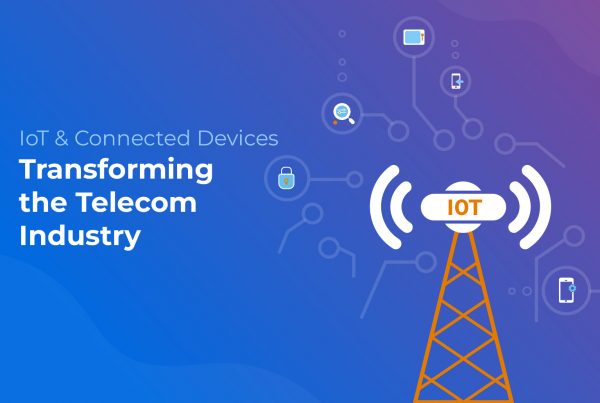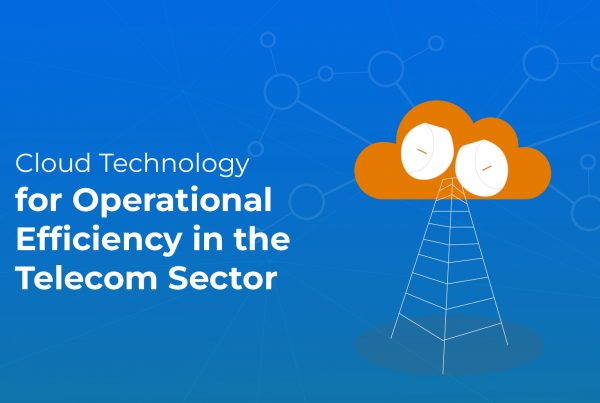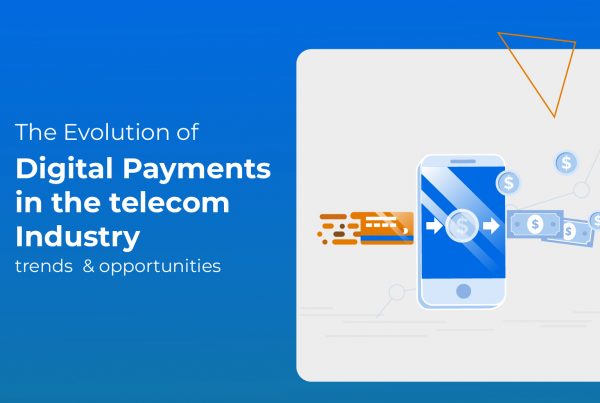In the early 2000s, the growth of the mobile industry stimulated operators to devise a mechanism for easy machine-to-machine communications to perform tasks that require a device to query the network. These changes led to the creation of the USSD (Unstructured Supplementary Service Data) protocol which supplemented the existing GSM (Global System for Mobile Communications) standards that were more focused on person-to-person communications.

The use of STK
Typically, operators use the STK (SIM Application Toolkit) technology to facilitate their interactions with resellers and subscribers. STK is a technology that allows operators to burn a set of commands into the SIM cards and define how the cards interact with the subscribers. It is predominantly suited to low-level applications with simple user interfaces.
This toolkit enables the SIM card to:
- Drive the mobile interface
- Build an interaction between the mobile network and the end user
- Control the access to the network
Differences between USSD and STK
Unstructured Supplementary Service Data (USSD), is a communications protocol used by GSM cellular telephones to communicate with the mobile network operator‘s computers. There are major differences between the usage of both technologies. Firstly, the USSD is deployed on the network, not on the phones. Moreover, to use STK it is essential that the SIM card inserted into the phone is burned with the menu in them. The application is usually protected by the SIM pin, phone lock pin, or both and is not visible whenever the phone is locked or there is no SIM inserted into the phone.
The USSD service is in a sender’s mobile network and any user who shifts to the respective network will have access to the USSD menu. When the user requests a menu, this initiates a real-time session between the mobile user and the USSD application platform, allowing data to be sent back and forth between the mobile user and the USSD application platform. The connection remains open, allowing a two-way exchange of a sequence of data. This makes it more responsive than services that use STK.
Secondly, the mobile operator needs to set up complete processes and deploy hardware to support the functions to use the STK technology. For every command that the reseller or subscriber sends through the STK menu, the operator needs to direct it to the relevant system handling the respective command. These commands are encrypted when sent out from the user end and decrypted when received at the operator end. This process of encryption and decryption delays the processing times of the requests. Therefore, the STK is a slower process as opposed to the real-time, quick, and convenient sessions of the USSD.
Thirdly, there is a set menu that is burnt into the SIM for the STK technology. This makes changes to the menu a rather complicated process, where the operator needs to create a new SIM to integrate the new menu. Whereas, for the USSD, the operator can easily manipulate its menu. The moment these changes are deployed to a network, it is instantly available to all the users.
USSD protocols typically operate like this:

The impact of increasing smartphone and internet penetration on USSD
Rising smartphone and internet penetration rates have led to a downturn in the use of USSD. The technology becomes obsolete once end-users can easily access internet services via a smartphone. However, there are countries that have very low internet and smartphone adoption rates. In such markets, it is still a very relevant service and can be used in parallel to more advanced technologies to enable the segments of the population who do not yet have access to mobile internet to access services.
Advantages of USSD
Where internet penetration is an issue, USSD is one of the most convenient, fast, and secure channels for carrying out transactions in real-time. Moreover, its menu is easier to change and manipulate and provides a better user experience as opposed to the STK. USSD channel enables the resellers to carry out reseller-to-reseller and reseller-to-subscriber transactions. Other operations that can be performed using the USSD include:
- WAP browsing
- Prepaid call back service
- Mobile money services
- Menu-based information services
- Configuring the phone over the network
Among these, there are other use cases where USSD revolutionized the traditional processes. Countless industries took advantage of the technology and massive uptake can be seen in the banking, microfinance, and insurance industries. USSD is the best available communications technology to deliver mobile financial services to customers without mobile internet access.
The growth of USSD in Asia and Africa
Many developing countries are using USSD to deploy mobile financial services and form a communication gateway between customers and their mobile payment platform. Some examples worth mentioning include; bKash in Bangladesh, Wing in Cambodia, Tigo in Tanzania, M-Pesa in Kenya, and EcoCash in Zimbabwe.
Even today, it is safe to say USSD applications remain a big part of an operator’s portfolio and require a robust platform to support the service. Going forward, STK should be replaced with USSD in countries yet to transition to this phase, where it is expected to yield constructive results. Similarly, once the use of USSD becomes widespread it will pave the way for the use of mobile apps and smartphone penetration. Nevertheless, high speed, high reliability, and ease of use are the key components of the USSD service leaving an important message for the mobile operators: USSD is still an important part of the future.


